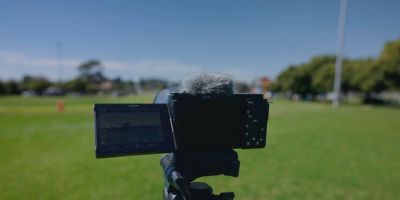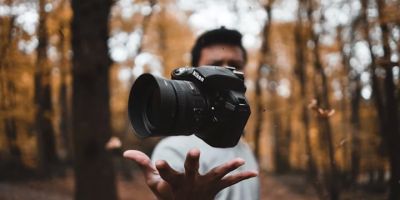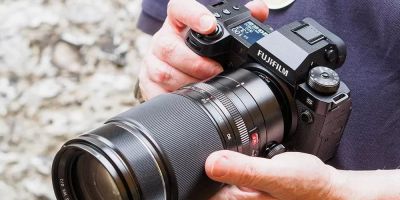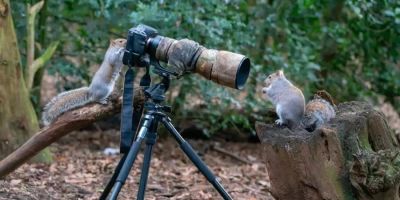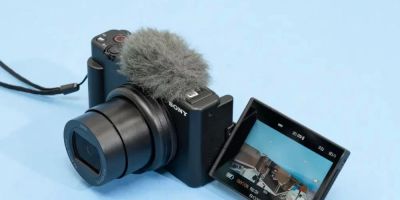- 1-Understanding-challenges-in-photographing-reflective-surfaces
- 2-Preparation-and-equipment-for-reflective-surface-photography
- 3-Techniques-to-minimize-glare-and-reflections
- 4-Real-world-examples-of-successful-reflective-photography
- 5-How-photo-studio-can-enhance-your-photography-skills
1. Understanding Challenges in Photographing Reflective Surfaces
Photographing reflective surfaces presents unique challenges that require a nuanced approach. Surfaces such as glass, metal, water, or polished objects can create unwanted glare, distracting reflections, or distortion, making it tricky to capture the intended subject clearly.
Understanding how light interacts with these surfaces is the first step in mastering this photography style. Reflections depend on the angle of light and the camera’s position, so even subtle changes can drastically affect the outcome.
1.1 Common Issues: Glare, Hot Spots, and Reflections
Glare is caused by direct light bouncing into the camera lens, while hot spots refer to overly bright areas that wash out detail. Additionally, unintended reflections of the photographer or surroundings can intrude into the frame, reducing image quality.
2. Preparation and Equipment for Reflective Surface Photography
Successful shots begin with the right tools and preparation. Choosing appropriate equipment and setting up the scene carefully can dramatically improve your results.
2.1 Using Polarizing Filters
Polarizing filters reduce glare and reflections by blocking certain light waves. This simple accessory is invaluable for shooting windows, water surfaces, or shiny objects.
2.2 Selecting the Right Lighting
Soft, diffused lighting minimizes harsh reflections. Natural light filtered through sheer curtains or using softboxes in a studio setup helps maintain even illumination without overpowering glare.
2.3 Camera Position and Angle
Adjusting your shooting angle relative to the reflective surface can control what gets reflected and reduce unwanted elements. Often, shooting from a slight side angle instead of straight on yields better clarity.
3. Techniques to Minimize Glare and Reflections
Beyond equipment, specific shooting techniques enhance image quality when photographing reflective surfaces.
3.1 Employing the Black Card Method
Holding a black card just outside the frame on the side opposite the light source can absorb reflections, reducing glare on shiny objects effectively.
3.2 Using a Lens Hood and Adjusting Aperture
A lens hood shields the lens from stray light causing flare, while controlling aperture settings can help balance depth of field and sharpness in reflective shots.
3.3 Post-Processing Enhancements
Editing tools can selectively reduce glare spots and enhance contrast. However, the goal should always be to capture the best image in-camera to minimize reliance on post-processing.
4. Real-World Examples of Successful Reflective Photography
Professional photographer Lisa shared how mastering reflective surface photography transformed her portfolio. By combining polarizing filters with careful angle adjustments, she captured stunning images of city skyscrapers mirrored in water, with crisp detail and minimal glare.
Another case involves an automotive photographer who used black cards and diffused lighting in a studio to highlight a car’s sleek finish without distracting reflections, impressing clients and enhancing his reputation.
5. How Photo Studio Can Enhance Your Photography Skills
For photographers aiming to refine their skills in capturing reflective surfaces, Photo Studio offers a range of professional equipment, workshops, and expert guidance. Whether you’re looking for the ideal polarizing filter or personalized advice on lighting setups, Photo Studio is a trusted resource to elevate your photography.

